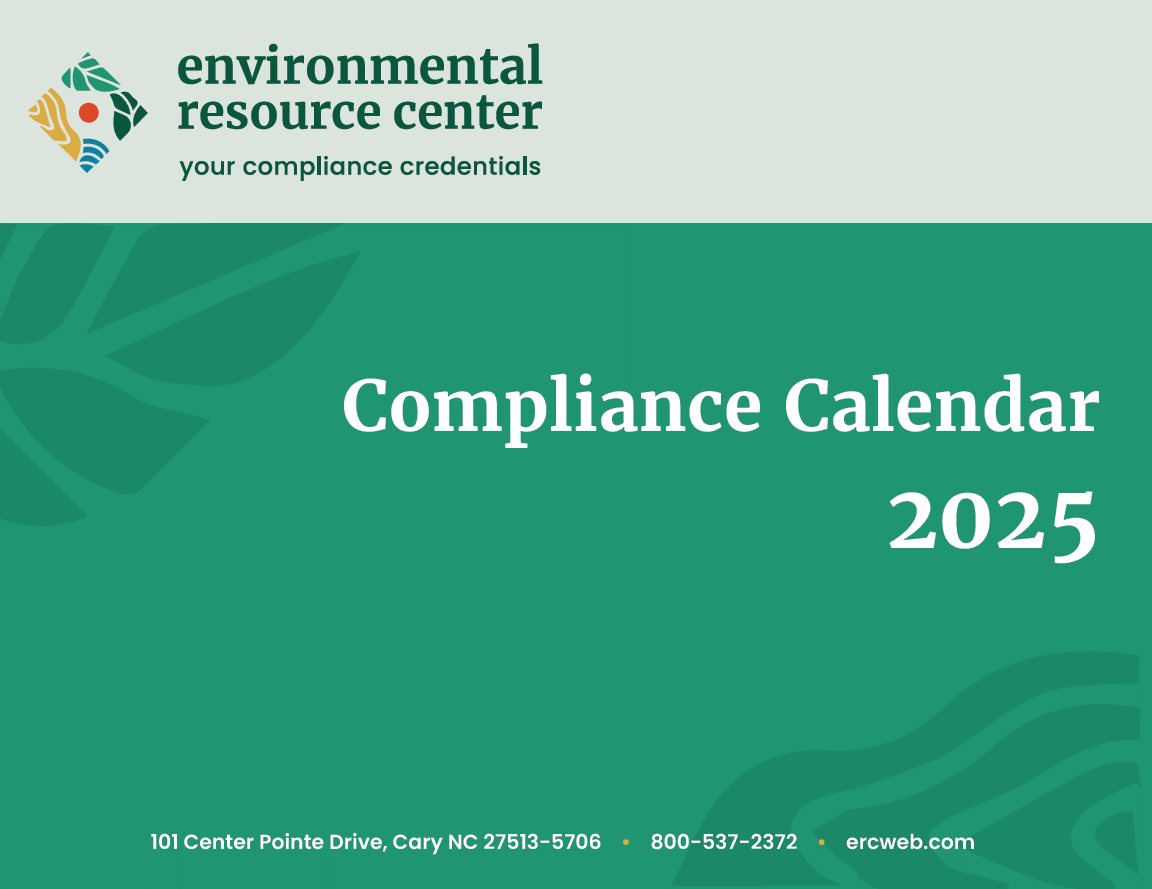 A restructuring of the U.S. Department of Health and Human Services (HHS) will combine several agencies, including NIOSH, in a new Administration for a Healthy America (AHA) within HHS. Joining NIOSH in AHA will be the Office of the Assistant Secretary for Health (OASH), the Health Resources and Services Administration (HRSA), the Substance Abuse and Mental Health Services Administration (SAMHSA), and the Agency for Toxic Substances and Disease Registry (ATSDR).
A restructuring of the U.S. Department of Health and Human Services (HHS) will combine several agencies, including NIOSH, in a new Administration for a Healthy America (AHA) within HHS. Joining NIOSH in AHA will be the Office of the Assistant Secretary for Health (OASH), the Health Resources and Services Administration (HRSA), the Substance Abuse and Mental Health Services Administration (SAMHSA), and the Agency for Toxic Substances and Disease Registry (ATSDR).Other changes announced recently include the creation of a new position, the assistant secretary for enforcement, to “combat waste, fraud, and abuse in federal health programs,” according to HHS; and a new Office of Strategy, which will absorb the Agency for Healthcare Research and Quality (AHRQ). The Administration for Strategic Preparedness (ASPR), which is responsible for medical and public health preparedness for, response to, and recovery from disasters and public health emergencies, will transfer to CDC.
The restructuring will reduce the number of divisions within HHS from 28 to 15 and result in a reduction of full-time federal workers from 82,000 to 62,000. According to HHS, the changes will save $1.8 billion per year. For more information, refer to the announcement on the HHS website.
A fact sheet accompanying the announcement indicates that the existing CDC workforce will be reduced by approximately 2,400. The transfer of ASPR will bring 1,000 workers to CDC, resulting in a net loss of 1,400 employees.
 EPA’s risk management rule for the solvent trichloroethylene (TCE) has yet to go into effect due to a temporary administrative stay first put in place by the Fifth Circuit Court of Appeals, the agency announced in a news update on Monday. The rule was issued in December 2024 and was originally set to take effect on Jan. 16, 2025, but the effective date has been postponed both by orders from federal appeals courts—the Third Circuit later left in place the Fifth Circuit’s temporary stay—and by EPA in accordance with a memorandum from President Trump titled “Regulatory Freeze Pending Review.” In response to the memorandum, a Federal Register notice published by EPA in late January delayed the rule’s effective date until March 21, 2025. The agency will soon publish a new notice to further delay the effective date of certain provisions of the rule—specifically, the conditions it imposes on the uses of TCE with Toxic Substances Control Act (TSCA) exemptions.
EPA’s risk management rule for the solvent trichloroethylene (TCE) has yet to go into effect due to a temporary administrative stay first put in place by the Fifth Circuit Court of Appeals, the agency announced in a news update on Monday. The rule was issued in December 2024 and was originally set to take effect on Jan. 16, 2025, but the effective date has been postponed both by orders from federal appeals courts—the Third Circuit later left in place the Fifth Circuit’s temporary stay—and by EPA in accordance with a memorandum from President Trump titled “Regulatory Freeze Pending Review.” In response to the memorandum, a Federal Register notice published by EPA in late January delayed the rule’s effective date until March 21, 2025. The agency will soon publish a new notice to further delay the effective date of certain provisions of the rule—specifically, the conditions it imposes on the uses of TCE with Toxic Substances Control Act (TSCA) exemptions.A pre-publication copy of the upcoming Federal Register notice states that EPA will postpone by 90 days the effective date of those provisions, until June 20, 2025, pending judicial review. According to the pre-publication version of the document, one example for which the postponement will apply is “the conditions imposed under the TSCA section 6(g) exemption for the use of TCE as a processing aid for specialty polymeric microporous sheet material manufacturing.” EPA has also requested additional delays in court.
“EPA has asked the court for more time to determine our next steps and to extend our deadline to respond to the stay for another 60 days,” the agency says. “EPA is awaiting that response and will provide more information as it becomes available.”
Under EPA’s risk management rule for TCE, most uses of the solvent, including its manufacture and processing for all consumer and most commercial products, will be prohibited within one year. All other uses of TCE will be phased out over a longer period, with EPA requiring compliance with a workplace chemical protection program and controls intended to limit occupational exposure to the substance.
The Training You Need – When You Need It
Learn when it’s convenient for you. Many of Environmental Resource Center’s courses are available in a computer-based training format. Check out our website for a complete list of available courses!
 The Mine Safety and Health Administration urges the industry to focus on identifying and eliminating health and safety hazards following a period of increased fatalities among miners. According to MSHA, 10 miners were killed on the job between Jan. 3 and March 5 this year, “more than triple the number for the same period in 2024.”
The Mine Safety and Health Administration urges the industry to focus on identifying and eliminating health and safety hazards following a period of increased fatalities among miners. According to MSHA, 10 miners were killed on the job between Jan. 3 and March 5 this year, “more than triple the number for the same period in 2024.”Of the 10 fatalities, four involved failures of ground or coal rib conditions, four had to do with improper maintenance or unsafe operation of equipment, one involved explosives, and the last resulted from not locking and tagging out equipment. A new safety alert published by MSHA states that effective safety and health programs can help prevent such fatalities. The alert reminds mine operators and others to conduct examinations before working or traveling near ribs and highwalls, operate and maintain equipment according to manufacturers’ instructions, and train miners in hazard identification and safe maintenance and repair procedures.
The most common cause of fatal accidents in mining is powered haulage, which includes equipment like motors and rail cars, conveyors, and front-end loaders, MSHA says. These accidents are caused by the motion of a haulage unit.
 Volume 2 of the U.S. Chemical Safety and Hazard Investigation Board’s chemical incident reports was released March 12. The new release includes summaries and probable causes of 25 incidents that occurred between May 2020 and August 2024. Together, the incidents claimed 7 lives, caused 23 serious injuries, and resulted in property damage totaling nearly $1 billion. The information about each incident’s probable cause has not previously been made public, according to CSB.
Volume 2 of the U.S. Chemical Safety and Hazard Investigation Board’s chemical incident reports was released March 12. The new release includes summaries and probable causes of 25 incidents that occurred between May 2020 and August 2024. Together, the incidents claimed 7 lives, caused 23 serious injuries, and resulted in property damage totaling nearly $1 billion. The information about each incident’s probable cause has not previously been made public, according to CSB.The two volumes of reports are based on information CSB received in compliance with its accidental release reporting rule, which went into effect in March 2020. The rule requires reporting of any accidental release that results in a fatality, a serious injury, or substantial damage to property.
“This second volume of reports is another step that the CSB is taking to keep the American people informed about the serious chemical incidents that occur nearly every day across this country,” said CSB Chairperson Steve Owens. “Since the CSB’s reporting rule went into effect five years ago, the CSB has received reports of nearly 500 serious chemical incidents in 43 states.”
Volume 2 (PDF) is available from the CSB website. The first volume of reports (PDF), released in January, covered 26 incidents between April 2020 and September 2023.
 The first university-owned feed mill in Iowa was the site for the kickoff of the 2025 Stand Up 4 Grain Safety Week, an annual training and educational event that reminds agriculture industry employers and workers about the potentially deadly hazards present in confined spaces, including grain engulfment.
The first university-owned feed mill in Iowa was the site for the kickoff of the 2025 Stand Up 4 Grain Safety Week, an annual training and educational event that reminds agriculture industry employers and workers about the potentially deadly hazards present in confined spaces, including grain engulfment.This year's event, held March 24-28, is a joint effort by the U.S. Department of Labor's Occupational Safety and Health Administration's Alliance Program, the Grain Handling Safety Council, the Grain Elevator and Processing Society, and the National Grain and Feed Association. At the Iowa State University in Ames, the opening event focused on worksite housekeeping, hearing conservation, preventing struck-by incidents, and railway safety.
OSHA's Alliance Program, in collaboration with state workplace safety officials and industry leaders, helped reduce fatal grain entrapments by 25.7 percent from 2022 to 2023. Despite those efforts, half of reported grain entanglements in 2024 were fatal.
"Every worker should be able to go home safe at the end of the day," said Acting Assistant Secretary for Occupational Safety and Health Amanda Wood Laihow. "By working together with our alliance and industry partners, we're making grain handling safer and raising awareness to protect the people who produce our nation's vital food supply."
Stand Up 4 Grain Safety Week features open discussions and daily interactive webinars with experts on OSHA regulations and topics including fatigue, emergency safety planning, worksite housekeeping, railway safety, and alternative grain storage. Learn more, register for the webinars, and find local live event information.
Alliance members will share information through newsletters, emails, the Stand Up 4 Grain Safety webpage, and social media using the hashtag #StandUp4GrainSafety.
OSHA's Grain Handling Safety Standards address six major hazards: engulfment, falls, auger entanglement, struck-by incidents, combustible dust explosions, and electrocution. Learn more about agriculture safety resources. and learn about OSHA.
News Links
Trivia Question of the Week



